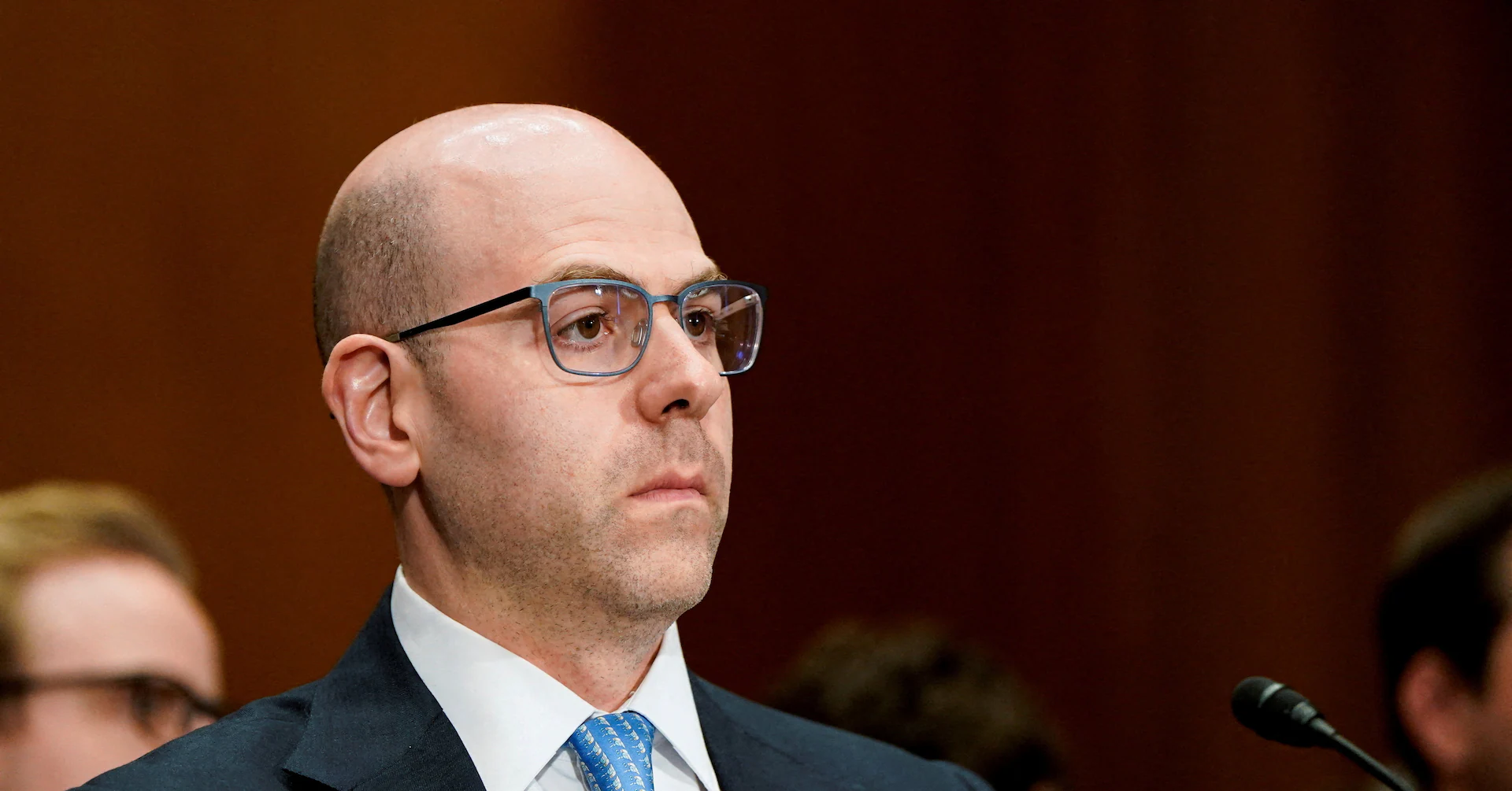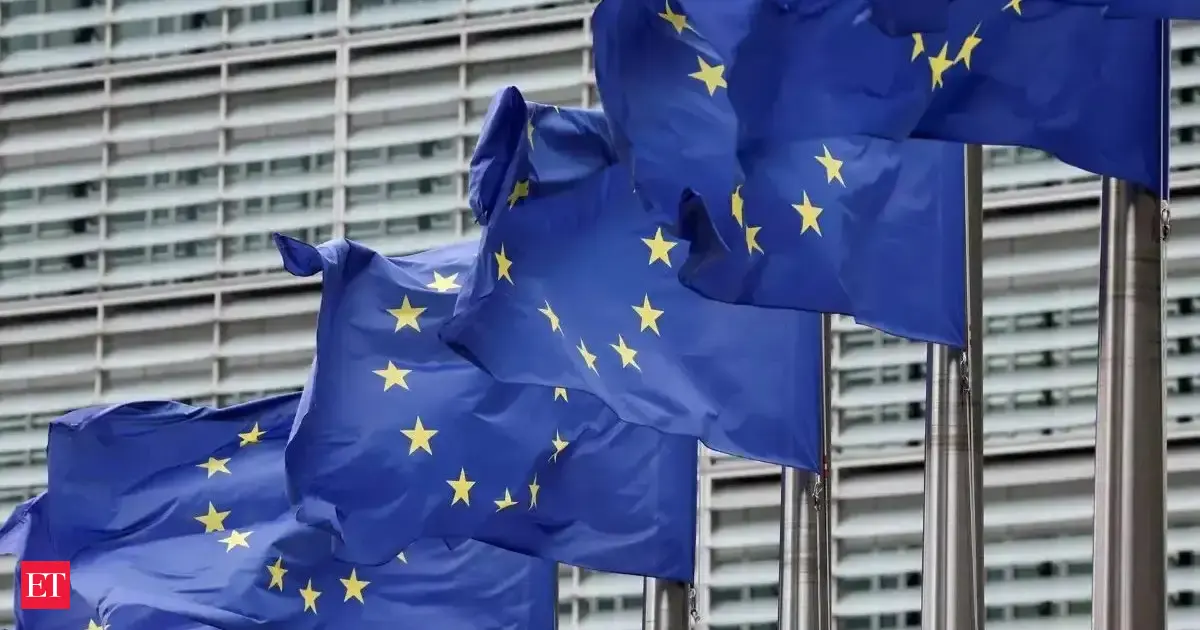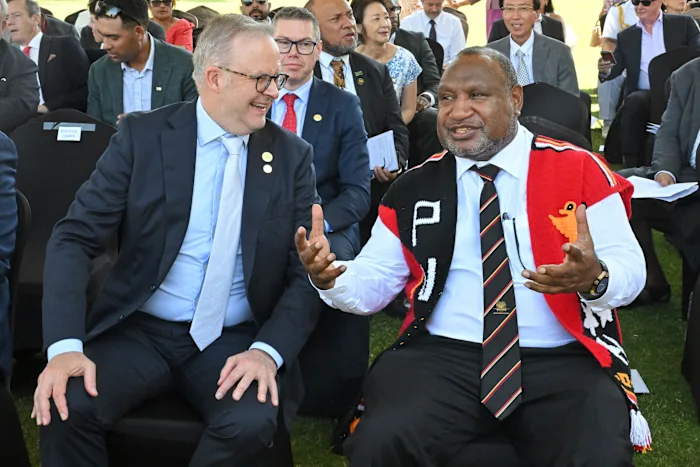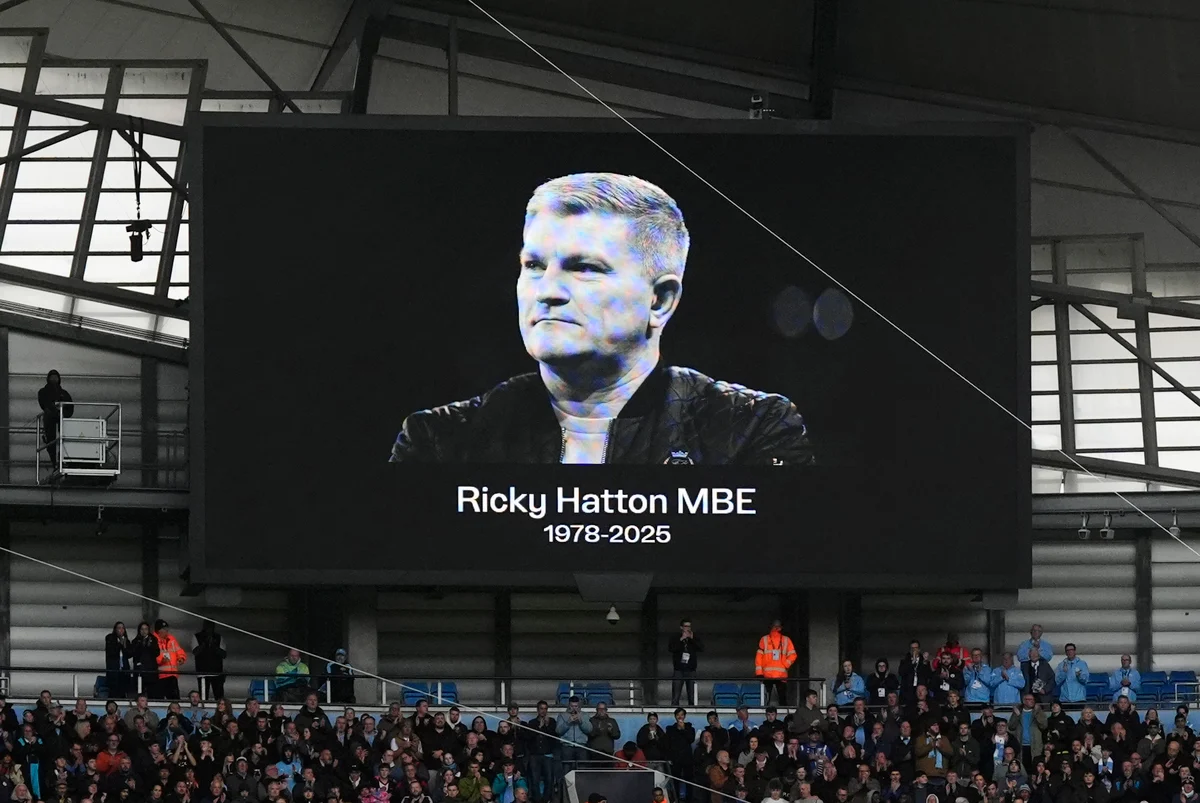By Ann Saphir,Howard Schneider
Copyright reuters

SummaryCompaniesMiran says spoke with Trump on Tuesday but got no policy directionPromises detailed argument on Monday for low ratesKashkari says Miran’s arrival like any other Fed personnel transitionDaly says rate cut aimed at protecting job market
Sept 19 (Reuters) – New U.S. Federal Reserve Governor Stephen Miran on Friday defended himself as an independent policymaker after dissenting in favor of steep rate cuts at Wednesday’s policy meeting.
Miran, who promised to give a detailed argument for his views in a speech on Monday, voted on policy just hours after joining the central bank from his position as an economic adviser to President Donald Trump. He said he was not given any guidance from Trump on what to do at the meeting.
Advertisement · Scroll to continue
“I’m going to give a full accounting for my economic views, and walk through in meticulous detail the economics and the arithmetic behind getting to those numbers,” in remarks in New York on Monday, Miran said on CNBC of his view that rates should have been cut by a half percentage point at this week’s meeting and then by half a point at each of the next two meetings as well.
He argues that a near “neutral” rate of interest is now the proper setting for an economy he says has no inflation risk and that will see lower housing costs as strict immigration policies dampen demand for housing.
His views are out of the Fed’s mainstream consensus, which is tilting towards a gradual pace of rate cuts this year out of concern the job market is weakening, despite inflation, some of it flowing from the Trump administration’s tariffs, that is expected to rise at least temporarily through the rest of the year and remains well above the Fed’s 2% target.
Advertisement · Scroll to continue
Get the key points from this story with Reuters AI
NEWCOMER WAS ONLY VOICE FOR A LARGE CUT
“I was the only supporter for a 50-basis-point cut,” Miran acknowledged, adding that he did feel that he “owed the world an accounting for why my views are so different.”
“However, I was sworn in about an hour before the meeting,” he said. “I’ll be making arguments in coming weeks and months…That’s starting now and that’s going to go a lot further.”
Of the low year-end rates he advocated, Miran said, “I don’t see very significant tariff inflation…I see disinflation coming from border policies…I don’t see a reason for being so far from neutral at the moment,” Miran said. “The longer you stay very restrictive the greater the risks of significant misses to the employment mandate.”
He said Trump called him before the meeting on Tuesday but only to congratulate him on starting the job.
“I did not talk to him about how I would vote. I did not talk to him about my ‘dots'” in the Fed’s table of rate and economic projections, Miran said. “I will do independent analysis based on my interpretation of the data, based on my interpretation of the economy, and that is all that I will do…He didn’t ask me to do any particular actions. I didn’t commit to doing any particular actions.”
Ad Break Coming Up
NEXT StayNext
OffEnglish
180p288p360p480p540p576p720pHD1080pHDAuto (180p)
About ConnatixV2049621718
About ConnatixV2049621718
Continue watchingafter the adVisit Advertiser websiteGO TO PAGE
Asked later in the day on Fox Business Network if the Fed was in an easing cycle, Miran said “I think so…I think that folks will eventually continue to come around to the view that any inflationary spike that you get from tariffs is not significant enough to be a significant driver of monetary policy.”
In fresh projections published Wednesday, more than a third of Fed policymakers signaled they don’t believe any more rate cuts are warranted this year.
MEETING WAS ‘UNREMARKABLE’
The Fed on Wednesday lowered its benchmark interest rate to the 4% to 4.25% range, the first change since Trump returned to office and a move supported by most of the Fed’s policymakers, including Trump’s other appointees to the central bank.
As San Francisco Federal Reserve Bank President Mary Daly summed it up on Friday, “we took a 25 basis-point rate cut to try to support the labor market through the slowing that we’ve seen, and achieve both of our goals.” The Fed’s legal mandate is to aim for maximum employment and stable prices.
Federal Reserve Bank of Minneapolis President Neel Kashkari on Friday said the job market risks likely warrant further reductions at the central bank’s next two meetings, a shift from June when he felt only two quarter-point rate cuts would be needed all year. A drop in job creation since then helped change his mind.
“I believe the risk of a sharp increase in unemployment warrants the committee taking some action to support the labor market,” Kashkari wrote in an essay published on Friday morning, adding that he also now feels there’s little risk of a sharp rise in inflation from tariffs.
Worries that tariffs could reignite inflation had kept the Fed from cutting interest rates until now.
Kashkari downplayed any worry that the Fed was losing trust with the public, despite inflation that is still above target and the ongoing political pressure from the Trump administration for lower rates.
In Friday morning comments to CNBC, Kashkari said that Miran’s arrival at the central bank’s policy meeting, even as he retains his role with the Trump administration, “was like any other transition where somebody comes in and everybody says ‘hey, welcome to the table. We look forward to hearing your contributions.’ And then everybody went about their business as normal.”
“What was remarkable about this meeting was how unremarkable it was,” he said.
PUBLIC STILL HAS FAITH IN FED INDEPENDENCE
Kashkari said the 10-year Treasury yield’s recent decline to around 4.1% showed the public had faith in the Fed’s independence and ability to control inflation despite efforts by Trump to gain influence, including through a so far unsuccessful effort to fire Fed Governor Lisa Cook.
In markets and among members of Congress from both parties, “there’s widespread appreciation for how important Fed independence is,” Kashkari said. “I also think there’s a lot of confidence on both sides of the aisle that Fed independence…will be protected, and that the courts also see it that way…I think people are betting on the institutions of the country continuing to keep Fed independence, to keep it outside of the short-term political process.”
Cook’s firing has been blocked by two federal courts. The Trump administration’s request that it proceed is pending before the Supreme Court.
Reporting by Ann Saphir; Editing by Kim Coghill and Andrea Ricci
Purchase Licensing Rights
Howard SchneiderThomson ReutersCovers the U.S. Federal Reserve, monetary policy and the economy, a graduate of the University of Maryland and Johns Hopkins University with previous experience as a foreign correspondent, economics reporter and on the local staff of the Washington Post.Ann SaphirThomson ReutersReports on the Federal Reserve and the U.S. economy. Stories can be found at reuters.com.



